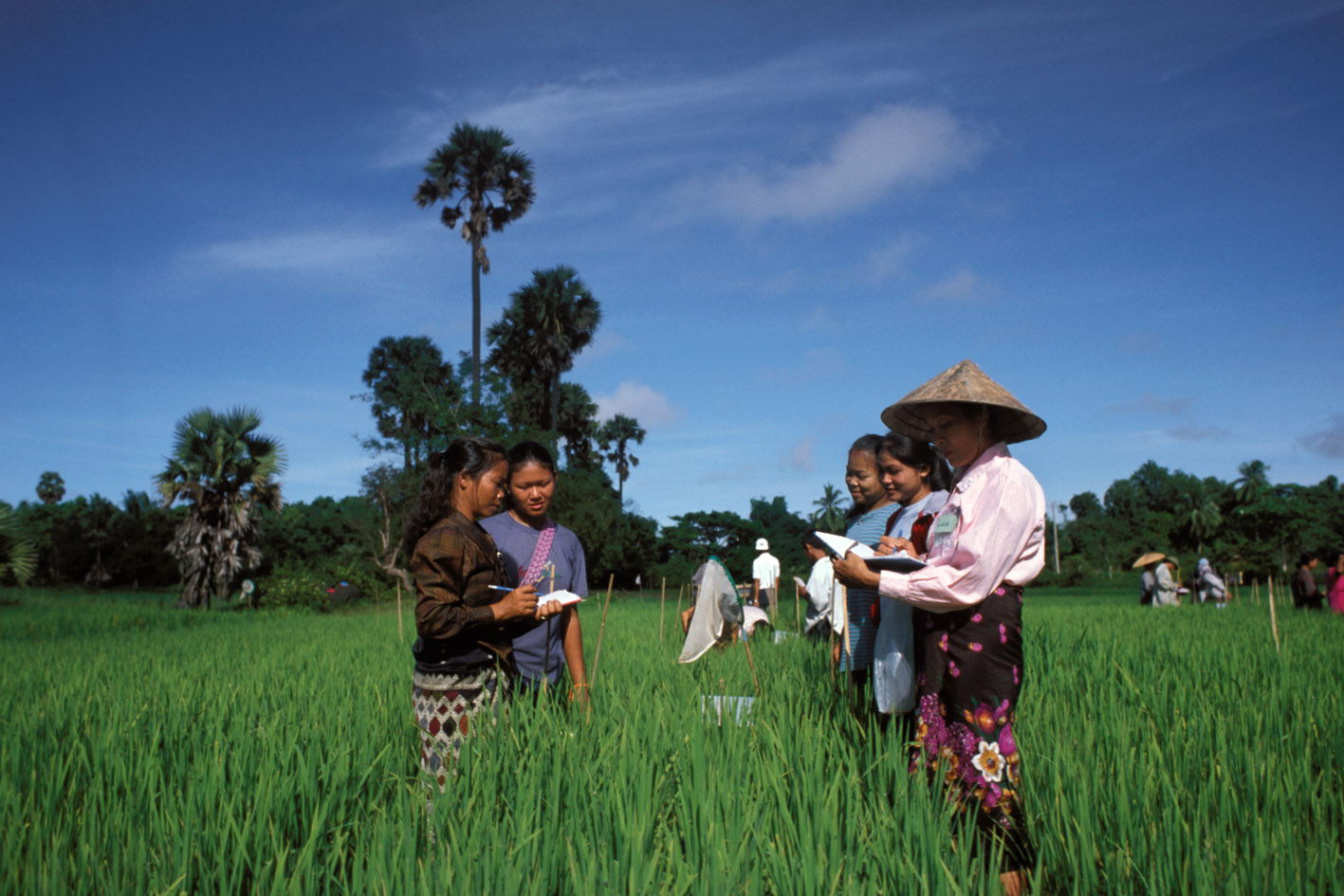Uttar Pradesh and Bihar Survey of Living Conditions 1997-1998
India, 1997 - 1998
Get MicrodataIdentification
IND_1997-1998_UBSLC_v01_EN_M_v01_A_OCS
Uttar Pradesh and Bihar Survey of Living Conditions 1997-1998
| Name | Country code |
|---|---|
| India | IND |
Living Standards Measurement Study [hh/lsms]
A two-part study of rural poverty was carried out in 1997-98 in south and eastern Uttar Pradesh and north and central Bihar. This study utilized both qualitative methods - rapid rural appraisal (RRA) & participatory rural appraisal (PRA) methodologies, and semi-structured interviews - as well as quantitative methods drawing on data collected from household and community surveys modelled after the World Bank's Living Standards Measurement Study (LSMS) surveys. The data being distributed are from the quantitative component of the study, field work for which was carried out between December 1997 and March 1998. Data were collected through household and village-level questionnaires in 120 villages drawn from a sample of 25 districts in UP and Bihar states; a total of 2,250 households were interviewed during the course of the survey (more details on distribution of the sample are provided in the sampling section of this note). Of the sample of 120 villages where the household and village surveys were conducted, 30 had been visited in the earlier qualitative component of the study, while the remaining 90 were drawn at random from the sample districts.
Sample survey data [ssd]
Households
Scope
The survey covered the following topics:
- HOUSEHOLD INFORMATION
A. Household Roster
B. Sources of Livelihood - ACTIVITIES
A. Activities
B. Casual Wage Labour
C. Long-Term Employment in Agriculture
D. Salaried Employment
E. Business / Trade / Manufacturing - HOUSING
A. Housing
B. Utilities
C. Access to Facilities - EDUCATION
A. Child Development / Early Childhood Education
B. Formal Schooling - HEALTH
A. Illnesses and Injuries
B. Immunization and Diarrhoea - MARRIAGE AND MATERNITY HISTORY
A. Maternity History
B. Pre- and Post-Natal Care
C. Women's Roles - EXPENDITURES AND DURABLE GOODS
A. Worksheet
B. Food Expenses and Home Production
C. Non-Food Expenditures
D. Inventory of Durable Goods - VULNERABILITY
A. Food Availability
B. Loans
C. Safety Nets - FARMING AND LIVESTOCK
A. Landholding
B. Crop Production and Fertilizer Use
C. Ownership of Livestock
D. Ownership of Farming Assets - REMITTANCES AND TRANSFERS
| Topic | Vocabulary |
|---|---|
| Agriculture & Rural Development | FAO |
| Food (production, crisis) | FAO |
| Migration & Remittances | FAO |
| Access to Finance | FAO |
| Health | FAO |
| Population & Reproductive Health | FAO |
| Social protection | FAO |
| Infrastructure | FAO |
| Water | FAO |
| Poverty | FAO |
| Social Development | FAO |
| Children & Youth | FAO |
| Gender | FAO |
| Animal health | FAO |
Coverage
Regional
Producers and sponsors
| Name |
|---|
| The World Bank |
Sampling
Sampling Information: Uttar Pradesh and Bihar, the two states selected for the study, are divided into 8 statistical regions: 5 in Uttar Pradesh (Himalayan, Western, Central, Eastern, and Southern) and 3 in Bihar(Southern, Northern, and Central).
Sampling Universe: The universe for the study comprised 4 statistical regions: 2 in Uttar Pradesh (Eastern and Southern), and 2 in Bihar (Northern and Central). Altogether, there were 55 districts in the area covered by the study: 24 districts in the 2 statistical regions in Uttar Pradesh, and 31 districts in the 2 statistical regions covered in Bihar. In the first phase of the project, qualitative field work was carried out in 30 villages: 3 villages each from 4 districts in Bihar (Mungher, Jehanabad, Saharsa, and Vaishali), and 6 villages each from 3 districts in Uttar Pradesh (Banda, Allahabad, and Gorakhpur).
Sampling Strategy: The sampling strategy followed for the quantitative study basically involved dividing the sample population into four main strata: 1) districts that were covered in the qualitative study in Bihar (i.e. 4 districts) 2) districts that were covered in the qualitative study in Uttar Pradesh (i.e. 3 districts) 3) remaining districts in the 2 selected regions of Bihar (i.e. 27 districts) 4) remaining districts in the 2 selected regions of Uttar Pradesh (i.e. 21 districts) All 12 villages in Stratum 1 that were covered in the qualitative study were included in the sample. Similarly, all 18 villages in Stratum 2 that were covered in the qualitative study were included in the sample. In each of these 30 villages, 30 households each were picked at random for the survey. In stratums 3 and 4, 45 villages each were selected for the survey. A two-step procedure was used to select villages in these two strata: first, 9 districts were selected in each stratum using PPS. In each of the 9 districts, 5 villages were then selected at the second stage, again using PPS. In each of these 90 villages altogether, 15 households each were selected for the survey.
No information. Refer to the dataset provided by the World Bank.
Data collection
| Start | End |
|---|---|
| 1997-12 | 1998-03 |
Data Access
| Is signing of a confidentiality declaration required? | Confidentiality declaration text |
|---|---|
| yes | https://microdata.worldbank.org/index.php/terms-of-use |
Disclaimer and copyrights
The user of the data acknowledges that the original collector of the data, the authorized distributor of the data, and the relevant funding agency bear no responsibility for use of the data or for interpretations or inferences based upon such uses
Contacts
| Name | Affiliation | URL | |
|---|---|---|---|
| LSMS Data Manager | The World Bank | [email protected] | surveys.worldbank.org/lsms |
Metadata production
DDI_IND_1997-1998_UBSLC_v01_EN_M_v01_A_OCS_FAO
| Name | Affiliation | Role |
|---|---|---|
| Office of Chief Statistician | Food and Agriculture Organization | Adoption of DDI for FAM |
| The World Bank | Documentation of DDI |
Metadata version
IND_1997-1998_UBSLC_v01_EN_M_v01_A_OCS_V01
